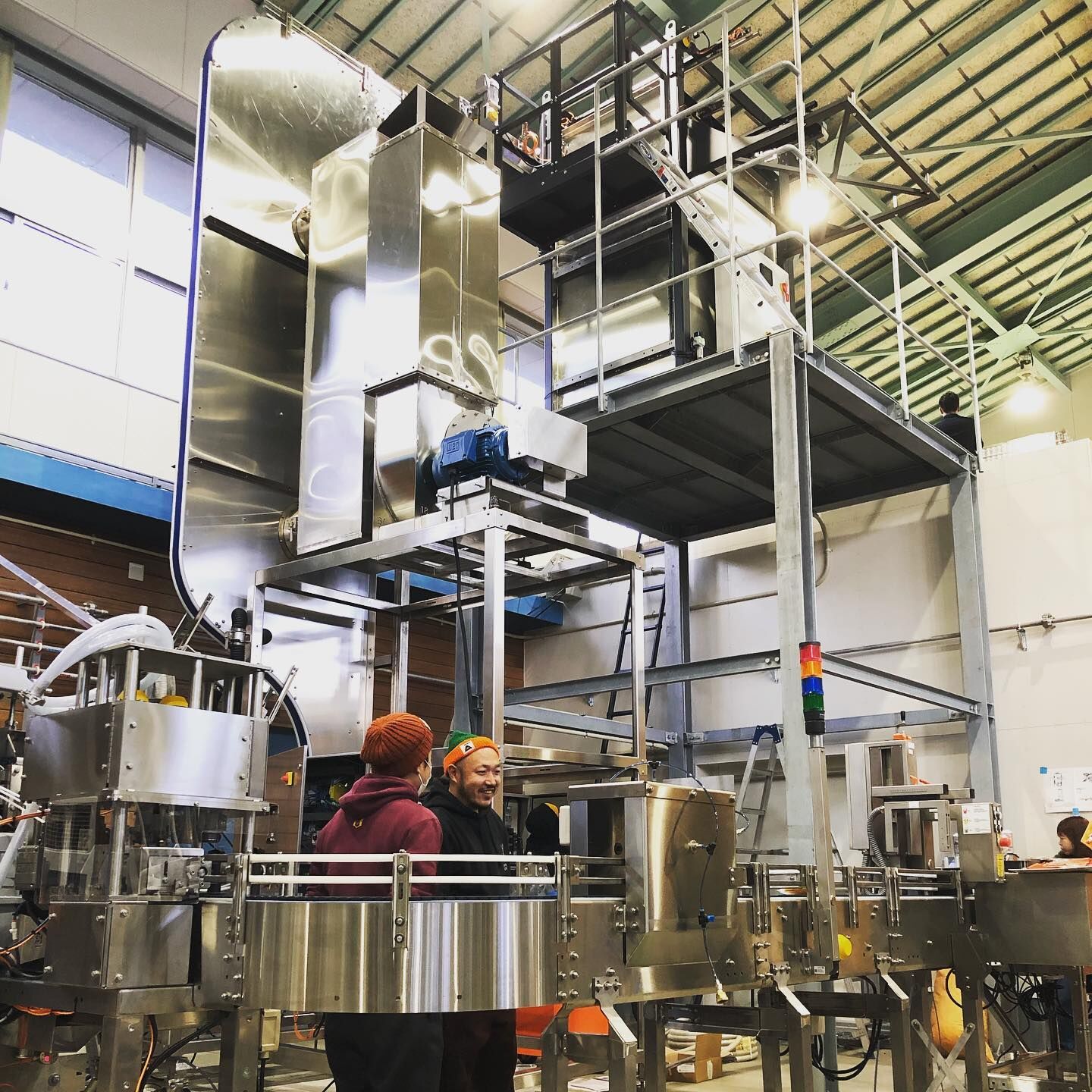The Role of Commercial Cold Brew System in Winemaking
What Is a Commercial Cold Brew System?
If you’ve ever wondered what a commercial cold brew system actually is, you’re not alone. At its core, a commercial cold brew system is a large-scale, industrial-grade piece of equipment designed to steep coarse-ground coffee in cold water over an extended period. But it’s not just about coffee anymore. These systems are becoming increasingly popular across other beverage industries, particularly winemaking, due to their ability to extract flavors slowly and gently without applying heat.
Unlike traditional hot brewing systems, cold brew setups work by slowly diffusing water through organic material at low temperatures — typically between 34°F and 50°F — for 12 to 24 hours. These systems include tanks, filters, pumps, and temperature control units, often made from stainless steel to ensure durability and sanitation. The key is preserving delicate aromatic compounds that might otherwise be destroyed by heat.
So why are winemakers paying attention to something built for coffee?
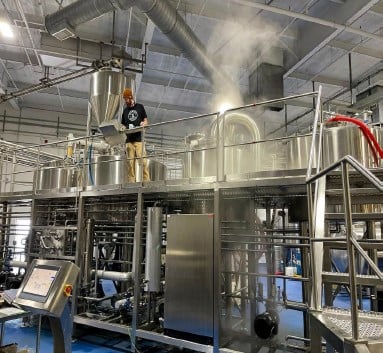
Why Winemakers Are Turning to Cold Brew Technology
Here’s the twist: the same qualities that make cold brew systems ideal for crafting smooth, rich coffee are now being embraced by winemakers looking to experiment with new methods of extracting flavors, reducing tannin harshness, and crafting uniquely mellow wine profiles.
Let’s get real: traditional winemaking methods, though time-honored and romanticized, often require heating or lengthy maceration processes that can sometimes overpower the more nuanced characteristics of the grape. Heat can kill off subtle floral notes or cause volatile aromas to evaporate. That’s where cold brew steps in — gentle, slow, and exacting.
Using a cold brew system, winemakers can control extraction temperatures to an exact degree. This translates into wines that retain more of their fruitiness and aroma, while also being lower in bitterness and astringency. Think of it as cooking low and slow rather than blasting something in a microwave. You get more control, more flavor, and ultimately, more satisfaction.
Plus, there’s a market angle. Today’s wine consumers are adventurous. They’re eager to try something different, something smoother, something that challenges the palate. Cold-brewed wines are starting to pop up in tasting rooms and trendy wine bars, attracting younger audiences and those looking for a less traditional (but still high-quality) drinking experience.
Applications of Cold Brew Systems in Winemaking
Now, let’s dig into where and how these cold brew systems are being used in the actual winemaking process. Spoiler alert: it’s not just about one step, but a flexible tool used across various stages.
1. Pre-Fermentation Flavor Extraction
One of the hottest trends right now (pun intended) is cold soaking grapes before fermentation. This technique allows color and flavor compounds to seep from grape skins into the juice without extracting harsh tannins. Cold brew systems, with their controlled temperature and flow settings, are perfect for this. You get more intense colors and fruitier profiles — reds that look richer, rosés that glow, and whites that sparkle with complexity.
2. Cold Maceration of Skins
Maceration is where the magic happens in red wine. Normally, heat plays a big role here. But with cold brew systems, winemakers can macerate skins at low temperatures, preserving volatile aroma compounds and fine-tuning the tannin profile. The result? Smoother reds that don’t punch you in the mouth.
3. Infused Wines & Flavored Variants
Imagine a Shiraz infused with lavender or a Chardonnay touched with jasmine. Cold brew systems allow winemakers to infuse wines with botanicals without the risk of “burning” the flavors. It’s slow, clean, and customizable. Flavor infusion has never been this precise.
4. Cold Filtering & Stabilization
Some cold brew systems double as cold filtering tools. You can use the same tech to chill wine and drop out unstable proteins or tartrate crystals before bottling. Two birds, one sleek piece of equipment.
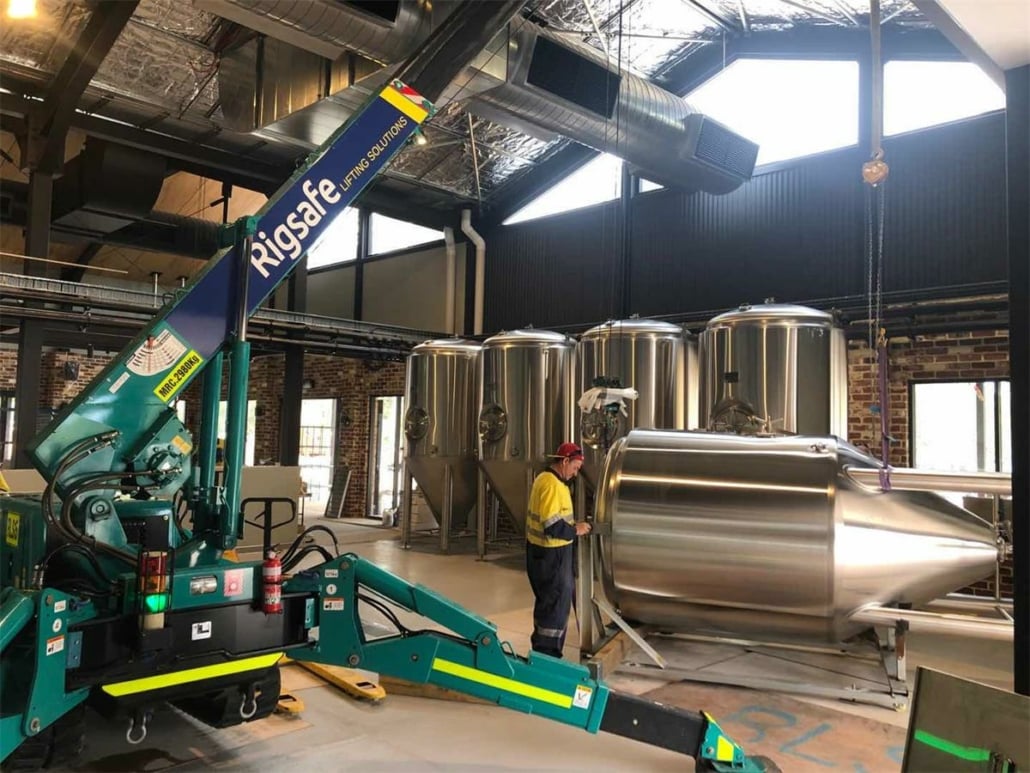
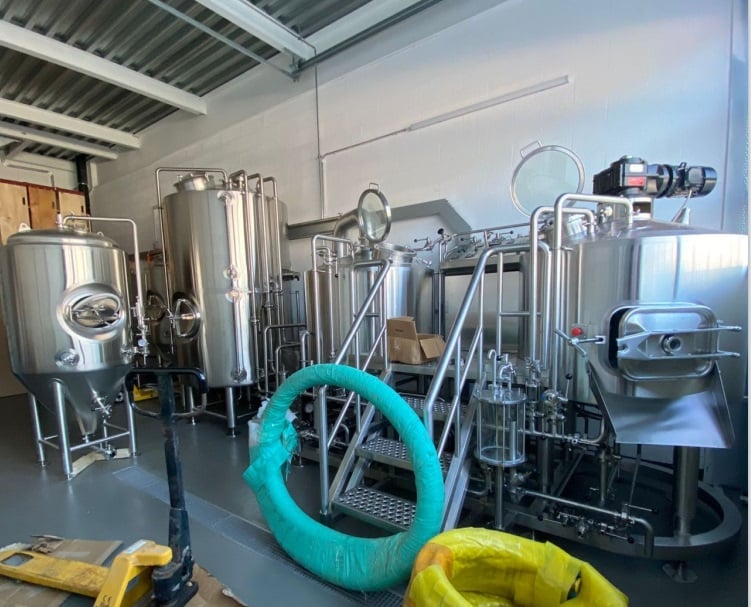
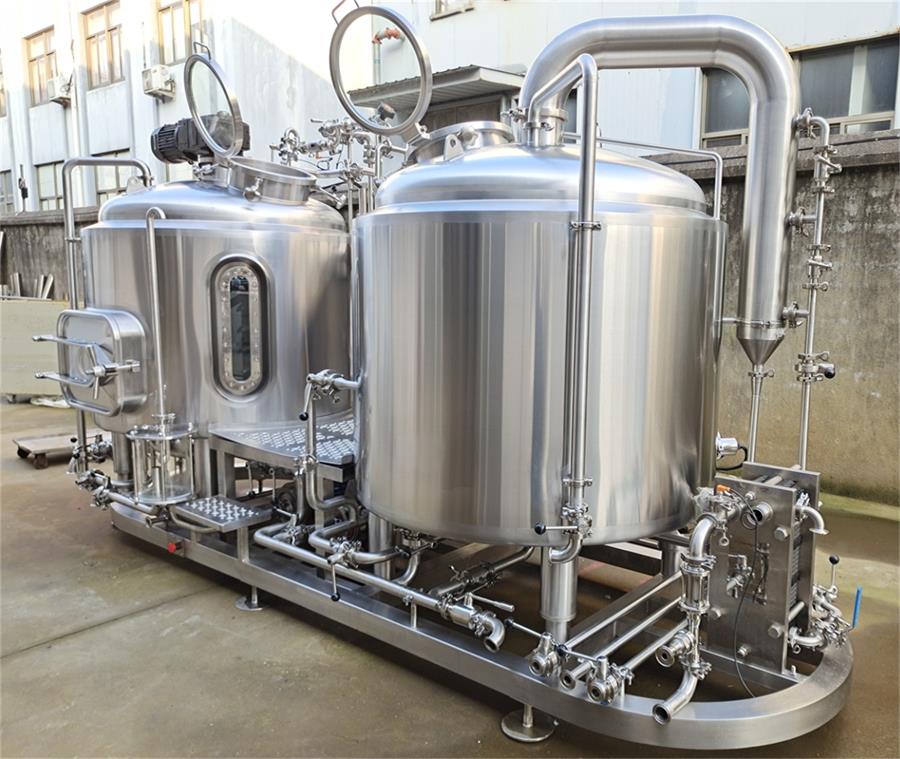

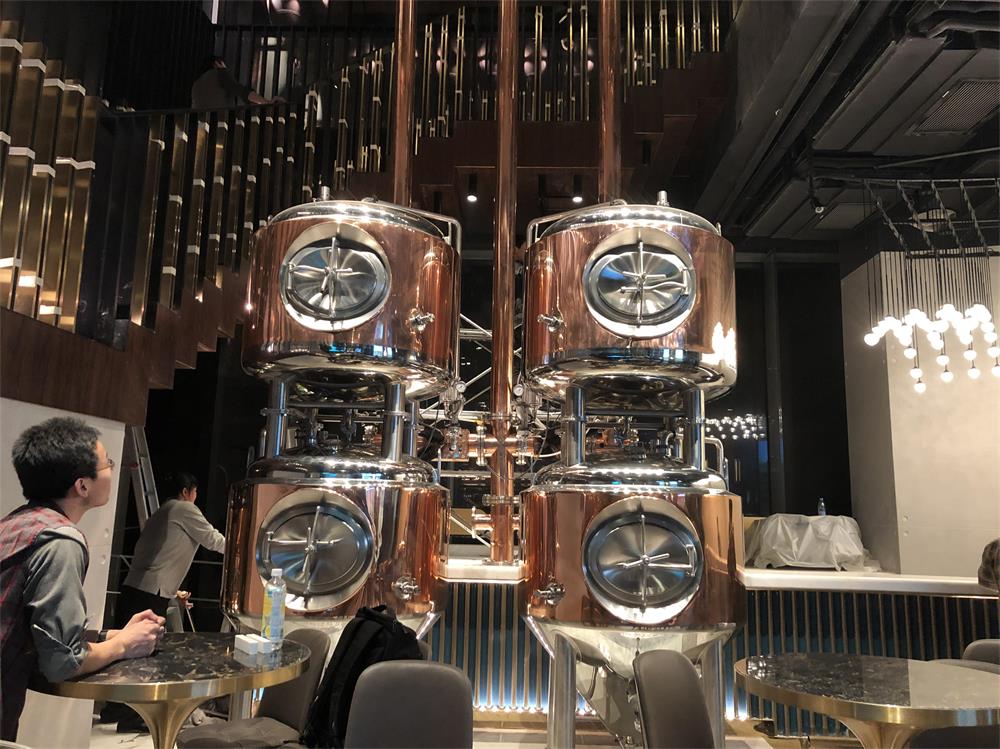
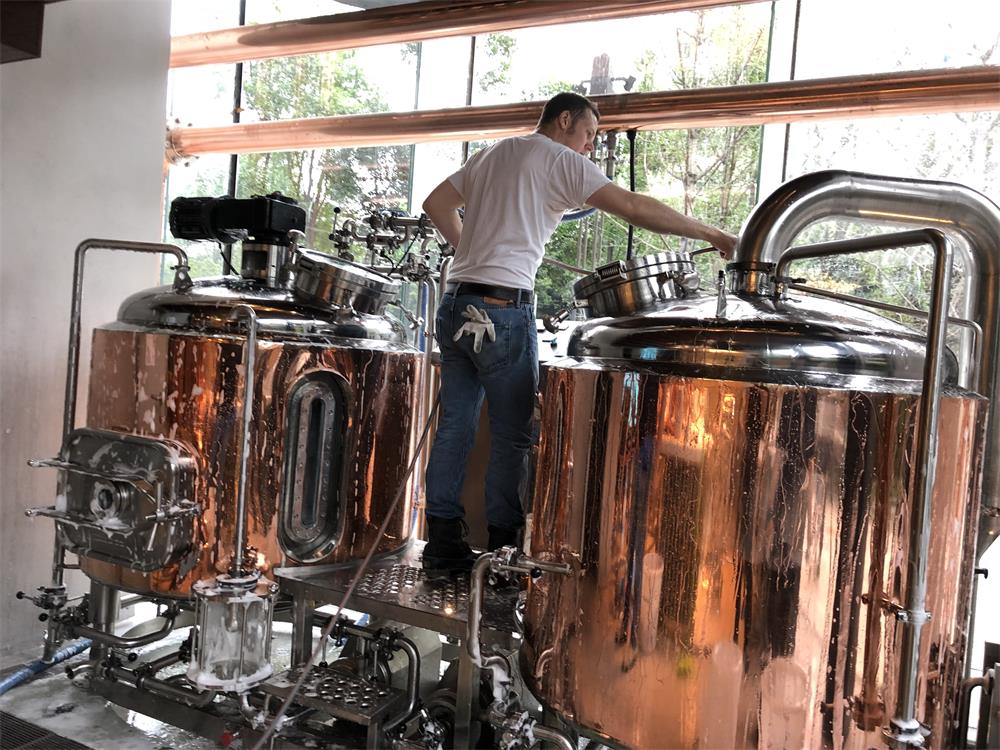
Comparative Overview of Traditional Versus Cold Brew Systems in Winemaking
| Aspect | Traditional Winemaking Equipment | Cold Brew System in Winemaking |
|---|---|---|
| Temperature Control | Often includes heating, less precise cooling | Highly precise low-temp extraction |
| Flavor Profile | May lose delicate aromas to heat | Retains delicate, floral, fruity notes |
| Tannin Extraction | Can be aggressive | More controlled, gentler tannins |
| Infusion Options | Limited, often involves heat | Ideal for delicate infusions |
| Energy Usage | Higher with heating | Lower due to ambient or refrigerated temps |
| Novelty Appeal | Traditional, expected | Trendy, unique, marketable |
| Time to Extract | Faster due to heat | Slower but more controlled |
| Maintenance Needs | Moderate | High sanitation required, but fewer moving parts |
Potential Challenges and Considerations
Alright, so the cold brew life isn’t all roses and roses. There are a few things winemakers need to think about before jumping into bed with this technology.
Cost is a big one. Commercial cold brew systems don’t come cheap. Prices can range from $8,000 for smaller setups to $50,000+ for advanced systems with multiple tanks, filtration units, and refrigeration lines. That’s not pocket change, especially for small boutique wineries.
Space requirements can also be a concern. Cold brew systems take up floor space that might already be dedicated to fermenters or storage tanks. Plus, you’ll need reliable cold storage or chilling systems to support the brew cycle.
Cleaning and sanitation is another hurdle. While stainless steel components are easy to clean, the long brewing times mean any microbial contamination can be a real risk. A meticulous cleaning schedule is non-negotiable.
Then there’s consumer education. People know what coffee is. They might not be ready to hear that their Cabernet was “cold brewed.” Educating your audience — through labels, tastings, and storytelling — will be key.
Finally, cold brew techniques may not suit all grape varietals. While aromatic whites and lighter reds thrive under cold extraction, bold, tannic varietals like Nebbiolo or Tannat may not develop enough structure this way. It takes experimentation.
Price, Size, and Equipment Feature Comparison Table for Cold Brew Systems in Winemaking
| Brand/Model | Price Range | Tank Capacity | Footprint (Sq Ft) | Temperature Control | Recommended Winery Size |
|---|---|---|---|---|---|
| BrewTech Pro X100 | $9,500 – $11,000 | 100 gallons | 15 | Digital, down to 34°F | Small to medium |
| ChillMaster Elite | $25,000+ | 300 gallons | 25 | PID Control, chilled glycol loop | Medium to large |
| CraftBrewFlex Modular | $35,000 – $50,000 | 500+ gallons | 40 | Modular zones, app-based control | Large production |
| EasyInfuse Nano | $7,000 – $9,000 | 50 gallons | 10 | Manual dial + chiller | Boutique/small batch |

FAQ
| Question | Answer |
|---|---|
| Can cold brew systems replace traditional fermentation tanks? | Not entirely. They’re complementary tools mainly for extraction and infusion, not for full fermentation. |
| Is cold brew wine alcoholic? | Yes. The cold brew process is used for extraction; fermentation still occurs separately. |
| What types of wine benefit most from cold brew methods? | Aromatic whites (like Riesling) and fruity reds (like Pinot Noir) are especially suited. |
| Do consumers like cold-brewed wine? | When marketed well, yes. It’s a niche but growing segment, especially among younger wine drinkers. |
| Can I retrofit my existing system for cold brew? | Possibly. Some systems can be adapted, but dedicated cold brew units offer better control. |
Share this entry
Interested in learning more about Brewing Systems including additional details and pricing information? Please use the form below to contact us!
YOLONG BREWERY EQUIPMENT FAQS
- Commercial Brewery / Craft Brewery / Microbrewery / Nanobrewery
- What is The Difference Between Craft Beer and Industrial Beer?
- The Bespoke Differences In Custom Brewing Systems
- Everything You Need to Know About Kettle Souring
- How to Choose Brewing Equipment for Your business?
- How To Choose The-Best Partner To Build Your Commercial Microbrewing System?
- Two Detection Sensors That You Need To Use In Your Brewhouse System
- Remote Control Applications in Brewing Equipment/How does it work?
- How To Clean Your Brand New Brewery Tanks?

